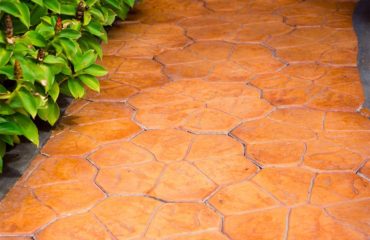With the cost of natural gases and oil rising in many parts of the country, upcoming winters promise to present a difficult choice between heating your home and living somewhat uncomfortably while wearing many layers. However, it doesn’t have to be that black and white of a decision. A newer phenomenon among those home and business owners with concrete floors is radiant floor heating.
Radiant floor heating is a method of heating concrete floors, walls, and other surfaces with tubes running underneath the concrete. Concrete can get very cold, especially in the winter. Anyone who has walked over a bare concrete floor in the winter knows that feeling of iciness that permeates through the soles of your feet to creep through the rest of your body. Radiant floor heating offers an ingenious and cost effective way to heat up those floors while saving you money on your heat, electric, and gas bills.
While it is easier to install a radiant floor heating system before you pour your concrete slabs, it’s not impossible to add to a pre-existing concrete floor. If you haven’t yet poured the concrete, however, the process is as simple as installing a network of small tubes designed to carry either hot water or electrical current under your floors, which leads to them heating up and spreading that heat (or having that heat radiate, which is where the name comes from) throughout the rest of the concrete slab.
If you have a pre-existing concrete floor to which you want to add a radiant floor system, you simply have to add thin electrical current system mats under another layer of cement or gypsum overlay. Okay, maybe that isn’t so simple, but it certainly isn’t impossible. This method will add a radiant floor heating system to your home without significantly raising the height of your concrete floors.
Whichever route you go, a radiant floor heating system is a great, cost effective way to heat otherwise freezing concrete floors and walls throughout the colder months. It is not even necessarily just a fix for those living in places with harsh winters. Concrete is, by nature, a cold material, even in the summer or in warmer climates. If you or members of your family are sensitive to cold, it would be a good idea to look into radiant floor heating systems as a potential fix.




